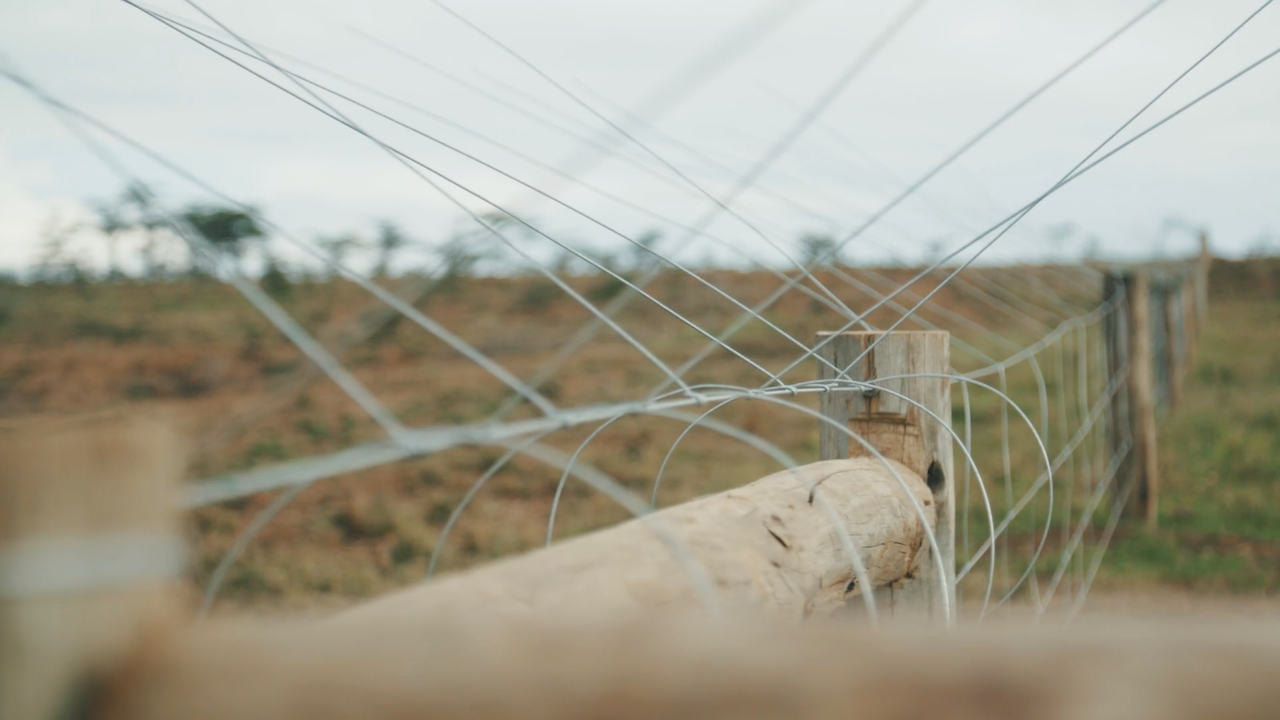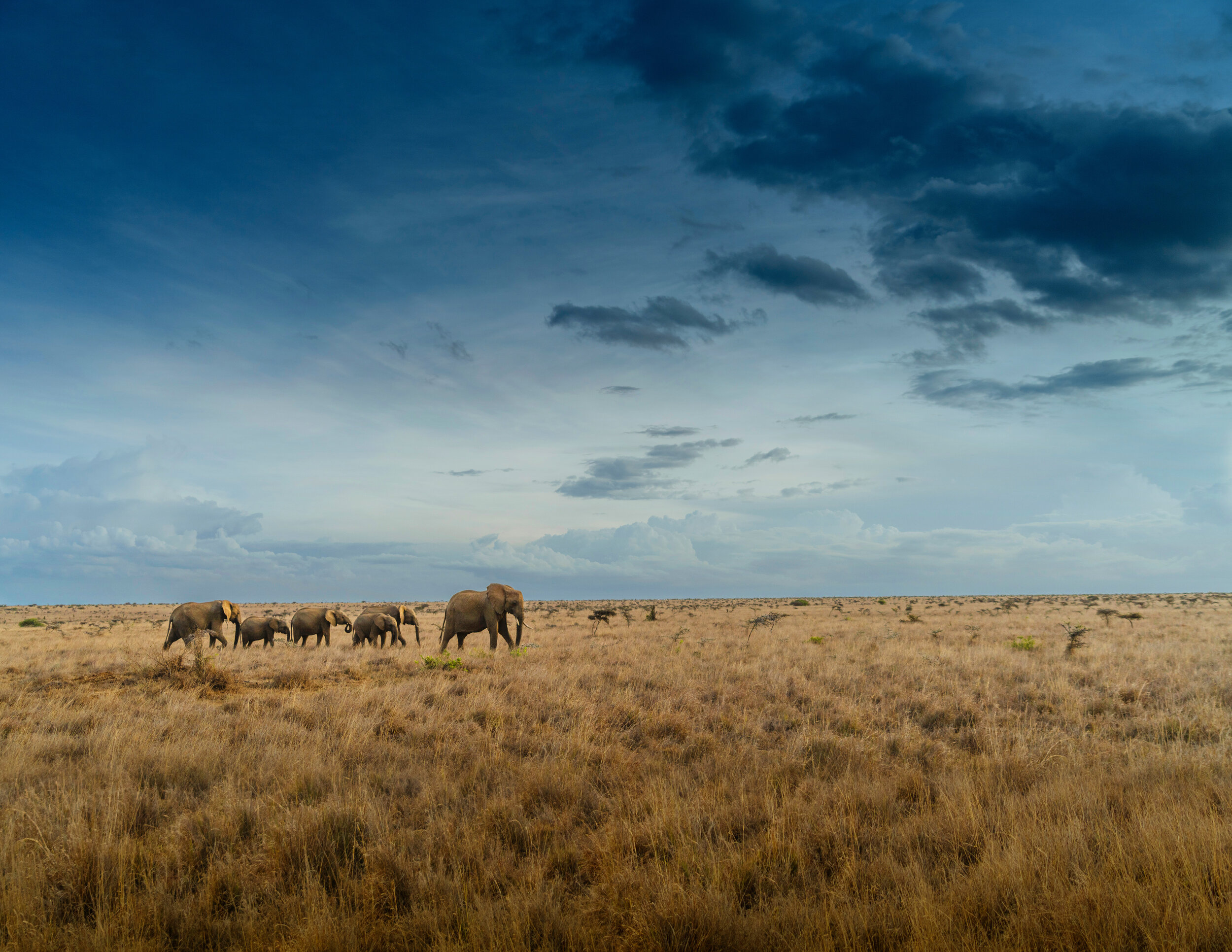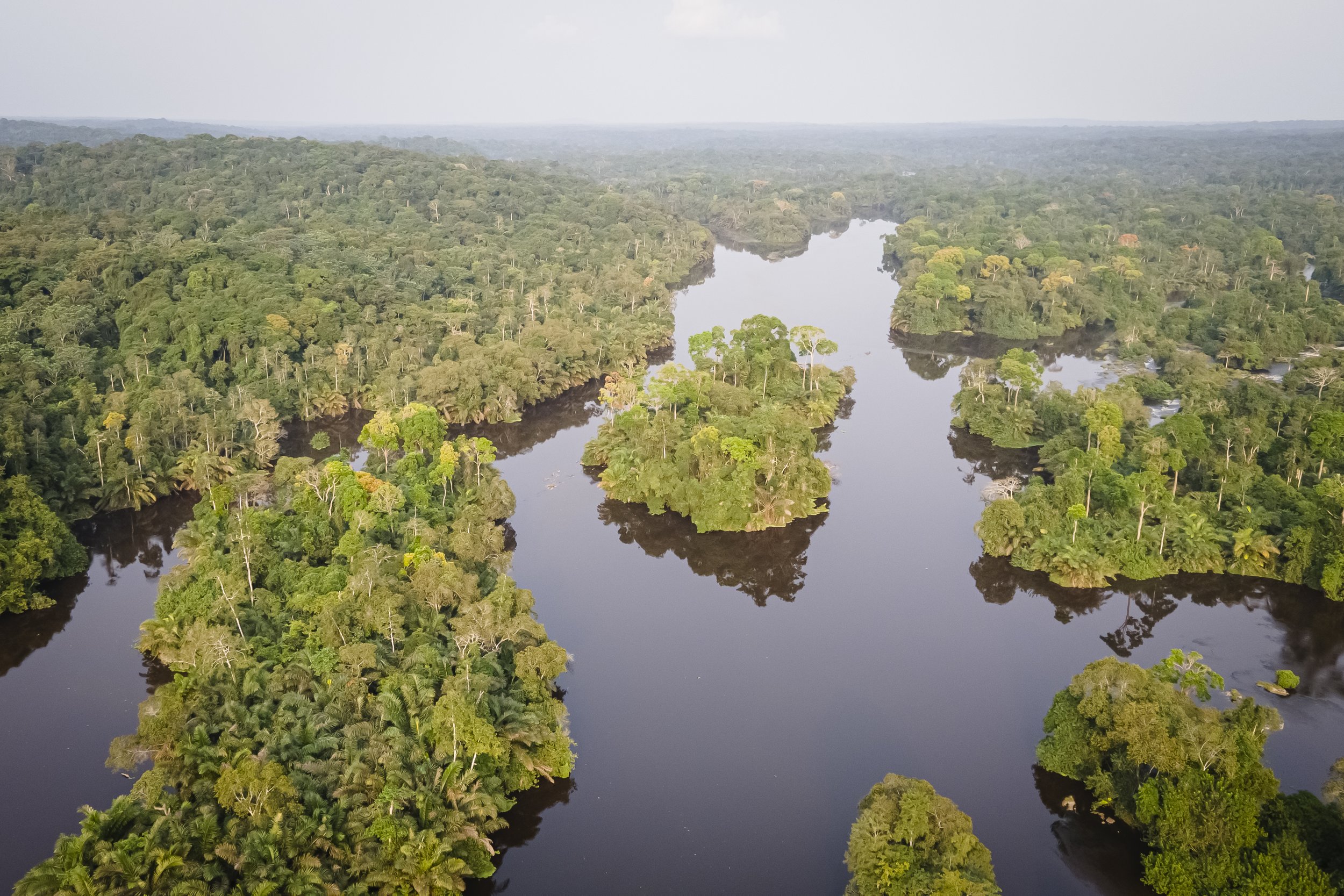
human elephant coexistence
From conflict to coexistence
Human-elephant conflict is a major cause of elephant mortality in Africa today. As people and wildlife compete over scarce resources, human-elephant conflicts negatively affect communities and pose severe challenges to governments trying to align wildlife conservation with sustainable development.
Where we work
Human-elephant conflict also imposes significant costs on those people who live close to wildlife, contributing to food insecurity and in some cases, such as major crop-raiding incidents, it can lead to an immediate subsistence crisis.
Engaging with affected communities and government stakeholders is critical to the success and sustainability of any human-elephant conflict intervention. In collaboration with national governments, our work in Kenya, Uganda and Gabon illustrates how we must adapt interventions to consider underlying social, cultural and economic contexts to find effective and lasting solutions.
Ensuring human-elephant coexistence, while simultaneously conserving biodiversity and increasing benefits to local communities is our goal. The full range of such benefits is extensive and includes improved access to natural resources, improved livelihoods, improvements to social capital, sustainable food security, and reduced ecosystem degradation.
How do we do this?
There is no ‘one size fits all’ approach to the challenges - they are complex, dynamic and multilayered, meaning that we adjust our approach to the realities of the countries where we operate. This includes:
1. National-level strategic planning
At the invitation of governments, we develop national-level strategies that assess key human-wildlife conflict hotspots and identify the most appropriate mitigation strategies such as electric fences and other deterrents.
2. Smart elephant fences
As Africa's population increases, farmers are increasingly competing for land currently inhabited by wildlife, bringing elephants ever closer to crops they love to feed on. Our pioneering 'short-post' fence designs keep them away from fields, protecting smallholder farmers' livelihoods. Space for Giants has successfully constructed and managed electric fences in protected areas in Kenya, Gabon and Uganda.
3. Monitoring and Evaluation
Ongoing on the ground monitoring and evaluation allows us to:
Continually adapt and refine our approach to respond to the local context
Develop and share solutions to the conservation challenges we face
Support wildlife authorities with decision-making and policy
Impact
Over the years, we have built, overseen and maintained 350 km of fencing across Kenya, Uganda and Gabon.
Reduced crop-raiding by 90% in Queen Elizabeth Conservation Area in Uganda due to fencing.
Protected over 290,000 people’s livelihoods in Kenya, Uganda and Gabon through the reduction of crop-raiding incidents.

SIGN UP FOR OUR NEWSLETTER
Stay up to date with the latest email updates from the field and be inspired by all the good news happening around us













